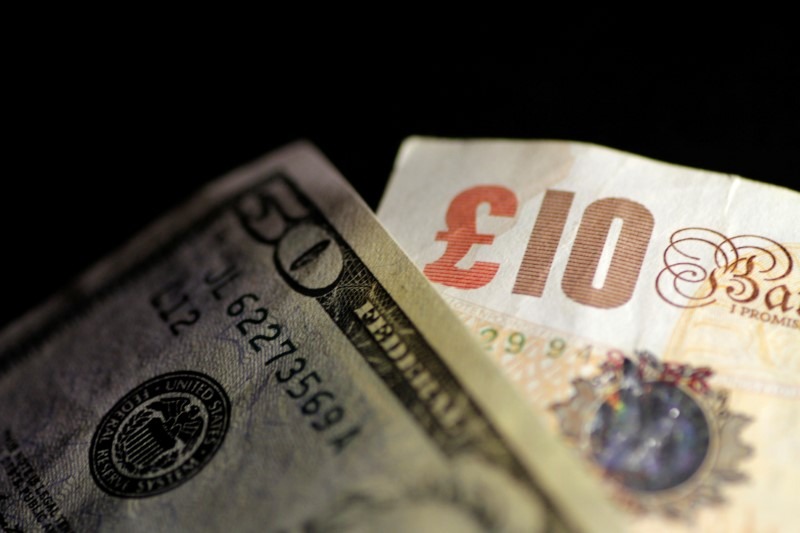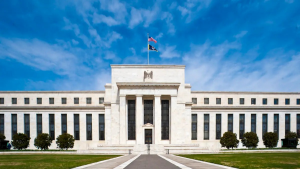The U.S. dollar traded in a steady fashion Tuesday, but remained near recent lows on elevated fears that the trade war will result in a U.S. recession, while sterling slumped amid U.K. growth fears.
At 03:55 ET (07:55 GMT), the Dollar Index, which tracks the greenback against a basket of six other currencies, traded flat at 103.001, still down over 1% since the tariffs were announced.
Dollar remains fragile
The greenback has seen little relief of late from growing fears of a U.S. recession, with markets also upping bets that the Federal Reserve will cut interest rates earlier this year to offset the potential impact of U.S. President Donald Trump’s tariffs.
That said, currency markets remain fragile, with a lot of focus on equity markets as global shares have plummeted since Trump announced tariffs last week.
“The past couple of sessions have reinstated some sense of normality in FX correlations. If equities do find a bit of respite, the dollar could remain offered today,” said analysts at ING, in a note.
“We would however be cautious in chasing big rebounds in high-beta currencies, and especially oil-sensitive currencies. Trump has given little signs of scaling back protectionism, and there is a risk that markets are again erring on the side of optimism.”
Sterling struggles with weak outlook
In Europe, GBP/USD traded 1% lower to 1.2763, near the recently hit one-month low, as traders have started to desert the U.K currency.
“I think this set-up is just plain awful for sterling - a huge debt pile on stretched fiscal limits and pinning all hope on a dramatic increase in growth and productivity,” said a trader at JPMorgan, in a note on Monday.
And the growth outlook doesn’t look too impressive.
Deutsche Bank earlier Tuesday projected a slight rebound in the U.K.’s gross domestic product for February of 0.1% on the month, following a 0.1% month-on-month contraction in January.
Despite these projections, Deutsche Bank acknowledges that there are more risks skewed to the downside, particularly due to the Trump tariffs.
These tariffs could potentially cause a 0.3 to 0.6 percentage point hit to the GDP, the German bank said.
EUR/USD traded 0.1% higher to 1.0968, with the single currency not far from the six-month high it hit last week.
The European Union members are set to vote on their countermeasures against the U.S. tariffs on Wednesday.
The European Commission, which coordinates EU trade policy, has drawn up a list of U.S. imports valued at €21 billion and plans to narrow them down to €18 billion worth on which to impose tariffs.
Yuan slips further
In Asia, USD/JPY traded 0.1% higher to 147.14, as the Japanese yen retreated on Tuesday, but remained close to recent peaks as appetite for safe havens still persisted.
USD/CNY traded 0.4% higher to 7.3349, with the Chinese yuan falling to its weakest level since October 2023.
Trump on Monday threatened to impose another 50% tariff on China, if Beijing did not withdraw its retaliatory 34% tariffs on the U.S.
But Beijing decried Trump’s threat, warning that it was prepared to “fight to the end” in the face of a Sino-U.S. trade war.










